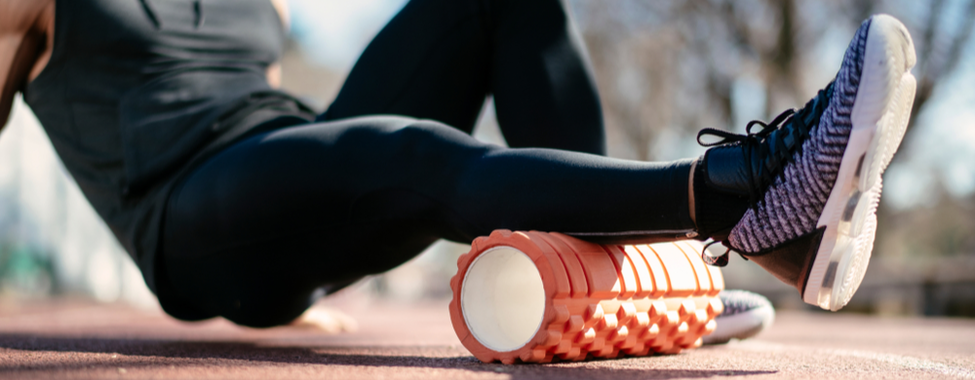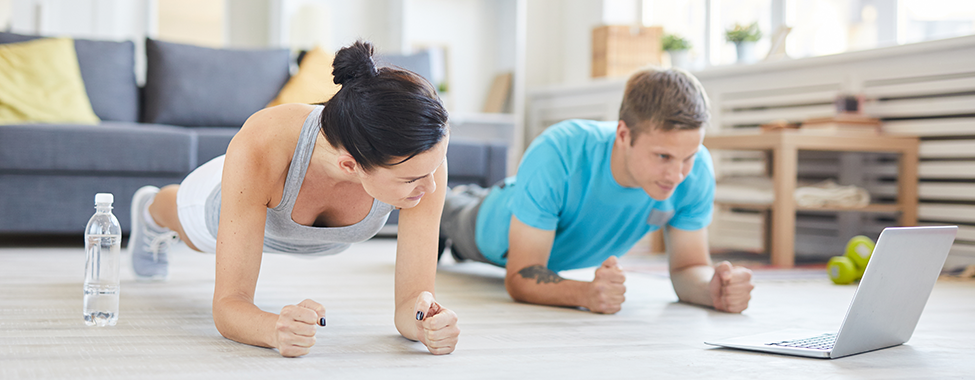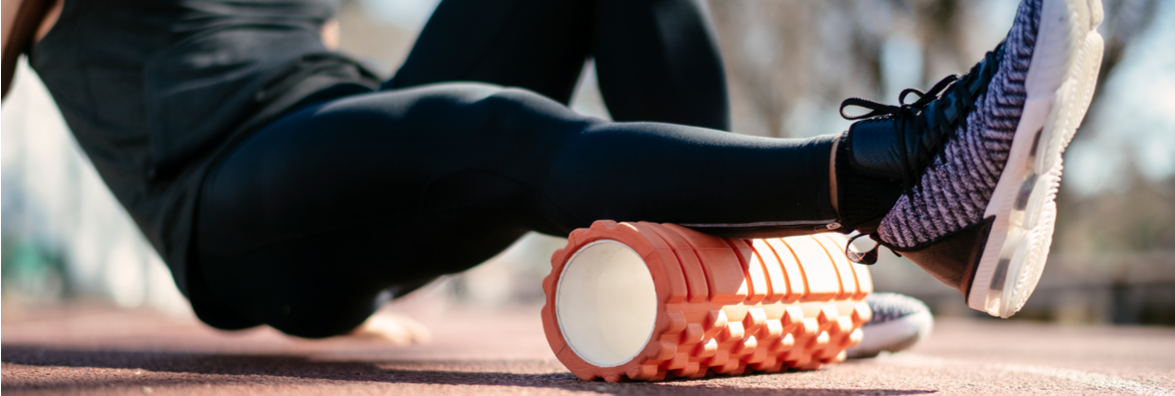- 12 May, 2022
- /
- Clearlight Infrared Saunas
- /
- No Comments
Tips for Relieving Sore Muscles and How to Speed Up Recovery
Muscle pain can be, well, a pain to deal with! If you’ve done an intense workout or have simply woken up with a sore back, you’ve probably been on the search for how to relieve sore muscles quickly. Luckily, there are a few things you can do to help get back to a pain-free life fairly quickly when you take the proper precautions and find the treatments that work best for you. Read on to find the best ways to help relieve sore muscle pain and how to speed up the recovery process. And since prevention is also important, you’ll even find some tips on how to prevent feeling intense muscle pain in the future!

Sore Muscle Recovery
Infrared Sauna Use
Using an infrared sauna helps promote a temporary increase in blood flow to muscles and can aid in sore muscle recovery. This increased blood circulation from infrared heat carries off metabolic waste products and delivers oxygen-rich blood to oxygen-depleted muscles so they can recover faster. The deep heat helps bring relief and healing to muscle and soft tissue injuries as pain is reduced and range of motion is improved.
Thermotherapy
Thermotherapy can be a huge help in sore muscle recovery. Applying heat immediately after exercising can reduce delayed onset muscle soreness, and it can help relieve sore muscles after the pain has set in. A study from 2013 found that while both dry and moist heat helped with pain, moist heat may offer even more pain reduction. After applying heat therapy, cold therapy helps relieve pain in muscles and joints by reducing swelling and nerve activity.
Epsom Salt Soak
Soaking in Epsom salts has been shown to reduce muscle pain and inflammation. This is because of the high levels of magnesium in Epsom salts that help relax sore muscles. The moist heat you get from sitting in a hot bath is an added bonus. If you do not have access to a tub for soaking, you can soak a washcloth or towel in hot water mixed with Epsom salt and apply it where you feel sore muscle pain for 20 minutes.
Massage
Not only are massages relaxing, but massage has also been found to alleviate delayed-onset muscle soreness and improve muscle performance. A study from 2017 suggests that massage is most effective when performed 48 hours after exercise. If you really want to get at your sore muscle pain, you can opt for a deep tissue massage or a sports massage. These massages might not be as relaxing, but they provide some great specialized muscle work.

Foam Rolling
Foam rolling is essentially a form of self-massage. Research has found that foam rolling can relieve delayed onset muscle soreness. It may also help with muscle fatigue and flexibility. Foam rollers can be purchased wherever you buy exercise equipment. To foam roll, you place the roller on the floor underneath the sore muscle and slowly roll your body over it. You can search online for videos on how to foam roll for different muscle groups.
Hydration
Upping your fluid intake can help speed up the healing process and encourage your body to flush out toxins. Plain filtered water works great. Drink 10 or more eight-ounce glasses per day, and hydrate a bit extra if you’re feeling particularly sore. Try ultra-hydration options like low-sugar electrolyte drinks or coconut water, as the added electrolytes can be a boost for sore muscles as they replenish minerals and hydration lost while sweating.
Topical Products
Arnica has been used as a natural remedy for muscle soreness for years. Although more research is needed, one 2013 study found that topicals containing arnica effectively relieved pain and inflammation brought on by intense exercise. Topical CBD products can also alleviate muscle soreness via skin-based endocannabinoid receptors. Both arnica and CBD provide localized relief when applied to irritated areas.
Anti-Inflammatory Supplements
Adding supplements to your health routine can help reduce inflammation and aid in sore muscle recovery. For example, curcumin is a compound found in turmeric that has powerful anti-inflammatory effects and is high in antioxidants, thus helping reduce the pain of delayed onset muscle soreness and speed up sore muscle recovery after exercise. Fish oil and other omega-3 fatty acids offer similar benefits.

Sore Muscle Prevention
Exercising
If your muscles are sore from working out, don’t let muscle soreness stop you from exercising more. Muscle soreness is a natural process that helps your body get used to any new motions while working muscle groups. Once over this soreness, it won’t happen again unless you increase the intensity. If the pain is severe, exercise at a lower intensity or switch to another muscle group for a day or two, then gradually work your way up to higher intensities. While working out, it’s also important to practice proper form, stretching, and cooling down to help prevent muscle injury or soreness:
- Dynamic Stretching: A 2012 study found that static stretches may inhibit muscular performance. Static stretching involves stretching a muscle to the point of minimal discomfort and holding it for a period of time. Instead, opt for dynamic stretching where you repeatedly move your muscles and joints, such as walking lunges and arm circles. Dynamic stretching is great for your body as it increases your heart rate, improves blood flow, and improves your flexibility.
- Cooling Down: Dynamic stretching before working out is to prepare your muscles, and cooling down helps prepare your muscles for recovery. A cooldown after a workout helps your breathing and heart rate return to normal. It can also help keep blood flowing to the exercised muscles, which can aid the repair process and potentially improve delayed onset muscle soreness. Cool down by walking or riding a stationary bike for 5 or 10 minutes.
Mindful Movement
If your muscles are sore from wear, such as pulling a muscle, then being mindful of your movements can save you a lot of heartache (and muscle ache). Be wary of how you move, and definitely avoid movements that have caused injury in the past. Muscle strain and sleeping/sitting position are two main culprits for sore muscles. To avoid muscle strain, move slowly and learn the proper ranges of motion for your body. Doing yoga (or hot yoga) can help you loosen your muscles and strengthen them to avoid future injury. To avoid muscle soreness from sleeping or sitting, ensure your bed or seating area is set up properly with enough structure and cushion that give your muscles proper support.
Sore muscle pain can really put a strain on your everyday life, so finding relief quickly is key. Use these tips for sore muscle recovery (and sore muscle prevention) to help your body heal quickly and be ready for handling any activities coming your way! Taking care of your muscles is important, so be sure to drink those electrolytes, stretch with some dynamic yoga, and sit in a sauna to help take care of them.
 Canada
Canada Australia
Australia New Zealand
New Zealand Germany
Germany UK
UK EU
EU Ireland
Ireland Malaysia
Malaysia China
China



